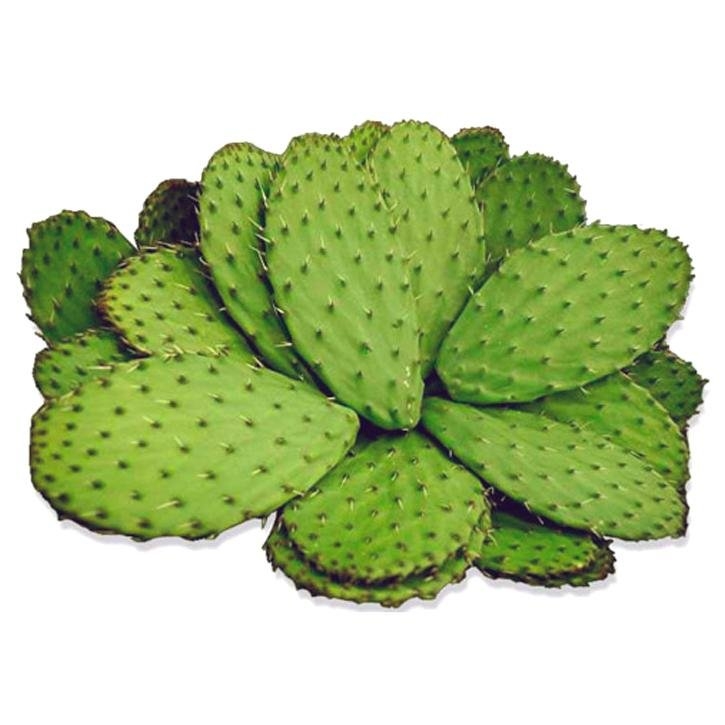The nopal is a cactus native to hot, desert countries that grows in the semi-arid areas of Mexico and the southwestern United States, with Tunisia being one of the main producers. The stems or filocladios (also called pencas or raquetas) have thorns and are crimped one on top of the other by the edges, on which the flowers that produce the fruits (prickly pear) come out.
The phylloclades, flowers and fruits are used.
*Phyllocladiums:
*Flowers:
*Fruits:
*Phyllocladiums:
*Fruits:
*Phyllocladiums:
*Fruits:
*Flowers:
It may reduce the absorption of other drugs when taken together, so it is recommended to take them approximately one hour apart (phylloclides).
They are rare and infrequent. Flatulence, sensation of fullness and abdominal distension may occur, which disappears when decreasing the dose or increasing the intake of liquids.
Monografía de la SEFIT (Sociedad Española de Fitoterapia).
Manual de Fitoterapia. Encarna Castillo García e Isabel Martínez Solís. 2ª edición Elsevier.
Karym El-Mostafa, Youssef El Kharrassi, Asmaa Badreddine et al. Nopal Cactus (Opuntia ficus-indica) as a Source of Bioactive Compounds for Nutrition, Health and Disease. Molecules 2014, 19, 14879-14901.
Aragona M, Lauriano ER, Pergolizzi S, Faggio C. Opuntia ficus-indica (L.) Miller as a source of bioactivity compounds for health and nutrition. Nat Prod Res. 2018;32(17):2037-2049.
Feugang JM, Konarski P, Zou D, Stintzing FC, Zou C. Nutritional and medicinal use of Cactus pear (Opuntia spp.) cladodes and fruits. Front Biosci. 2006; 11: 2574-89.
Onakpoya I J, O’Sullivan J, Heneghan CJ. The effect of cactus pear (Opuntia ficus-indica) on body weight and cardiovascular risk factors: a systematic review and meta-analysis of randomized clinical trials. Nutrition. 2015;31(5):640–646.
Godard MP, Ewing BA, Pischel I, Ziegler A, Benedek B, Feistel B. Acute blood glucose lowering effects and long-term safety of OpunDia supplementation in pre-diabetic males and females. J Ethnopharmacol. 2010; 130 (3): 631-4
